Energy Resources of India
by Devender
0 1061
India gets its energy from many different types of sources. These are classified into different groups.
Energy Resources of India
- Conventional resources of Energy
- Non-conventional resources
- Renewable sources of Energy
- Non-Renewable Sources of Energy
- Biotic resources
- Abiotic resources
- Energy Crisis
- Rapid Industrialization
- Over Population
- Transfer losses
- The rise in oil prices
- Problems in the Middle east
- Wastage of energy resources
- Low Carbon content
- High Ash content
- Low Calorific Value
- Coke
- Petroleum/Mineral oil:
- 20 % of India’s crude oil & gas demand is produced domestically & 80 % is imported
- Jamnagar Refineries of Reliance industries is the world largest refinery complex
- Natural Gas:
- 40 % - Production of chemical fertilizers
- 30 % - Power generation
- 10 % - LPG (Cooking Gas)
- Conventional sources - Shale gas, Coal bed methane, Methane Hydrates, Tight sandstones
- Bio-Fuels:
- National Biofuel Policy - Targets minimum 20 % biofuel blending (both biodiesel and bio-ethanol) across the country by 2017
- 67 % of total energy production
- No Geological conditions required
- Its largest producer is Maharashtra
- 18 % of total energy production
- Small hydel power projects < 25 MW
- Its largest producer is Andhra Pradesh
- 26 % of total energy production
- Its largest producer is Tamil Nadu
- Thorium - Found as monazite sand in lakes & sea beds
- 5th largest installed wind power capacity in the world
- Its largest producer is Tamil Nadu
- Thermal + Photovoltaic - Sunlight to energy
- The largest solar plant of India is located at Madhavpur, near Bhuj, where solar energy is used to sterilize milk cans
- In India, the Gulf of Kutch provides ideal conditions for utilizing tidal energy
- Experimental plant (150 kw) at Vizinjam (Thiruvananthapuram) & 900 mw at Kutch
- Two experimental projects have been set up in India to harness geothermal energy
- Parvati valley near Manikarn in Himachal Pradesh and Puga Valley, Ladakh
- It provides pollution-free energy
- It is cheaper than most of the common fuels
- The residue can be used as manure
- It has higher thermal efficiency in comparison to kerosene, cow dung, coal, and charcoal
These resources are Limited, Non-renewable, Costly, Cause Pollution & Exhaustible. These resources are widely used and constitute the major source of energy.
For Example - Coal, Oil, Natural gas, Wood, etc.
It is Renewable, Cheap, Pollution free & Inexhaustible. It includes Solar Energy, Wind Energy, Tidal Energy, Geothermal Energy, OTEC (Ocean thermal energy conversion), etc.
Solar Energy, Wind Energy, Tidal Energy, Fish, Trees, etc.
Fossils (Coal, Gas), Minerals, Nuclear Power, etc.
The resources that have life >> Forests, Crops, Animals, Coal & Mineral oil
Land, Water, Minerals
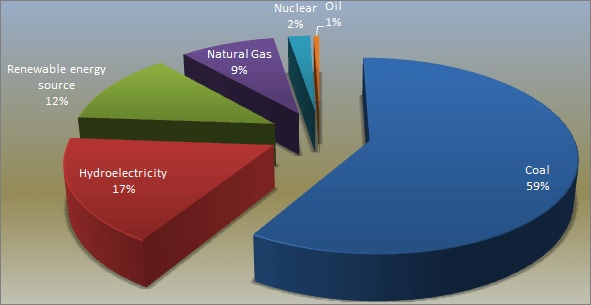
Ashok Chawla Committee on Natural Resources:
This committee was responsible for the creation of a national database of natural resources. It also took measures for benefit of stakeholders in mineral-rich areas. It was also responsible for the allocation of natural resources, if possible, through e-auction.
Need for conserving Conventional Energy Resources:
These resources are limited in supply and cannot be renewed easily. Due to the population explosion, modernization, and industrialization, the demand for energy resources is increasing day by day and to control this energy crisis there is a need to conserve conventional energy resources.
There is also an eminent need to explore alternative sources of energy.
It is a situation in which the resources are less than the demand. In the past few decades, the demand for energy resources has been very high but the supply has been short which created an energy crisis.
The major causes of the Energy crisis are:
Coal:
The quality of coal is determined by its carbon content. The major coal-producing areas of India are as follows-
Jharkhand > Odisha > Chhattisgarh > West Bengal
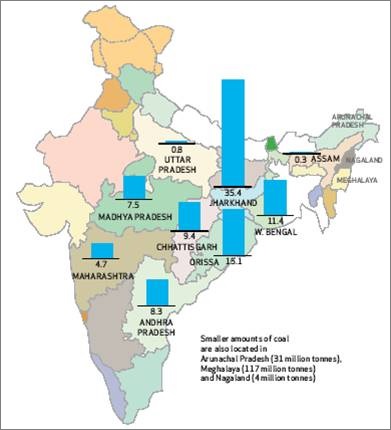
Chhota Nagpur Region is the hub of 90 % of Indian minerals. The major problems with Indian coal are:
Major types of Coals:
1 Anthracite
It is the best quality coal having approx. 90 % carbon content. It burns without any flames and gives very little smoke & ash content. It is only found in the J&K region of India.
2 Lignite
It has 40 to 70 % carbon content and it is known as brown coal.
3 Bituminous
It has 70 to 90 % carbon content. It is used in making coke and most common type of Coal in India.
4 Peat
It is the first transformation of wood into coal and has nearly 40 % carbon content.
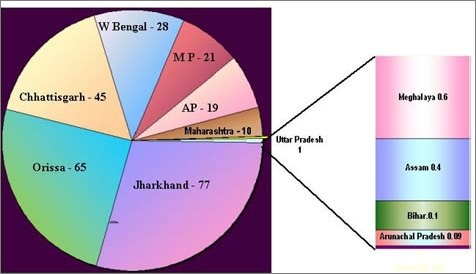
It is formed by the destructive distillation of coke. It is high in carbon content. Heating of coal in the absence of oxygen to burn off volatile gases.
It is found in sedimentary rocks of marine origin and formed by the decomposition of tiny marine creatures, plants & vegetation under mud, silt & sand.
Over the years, it underwent chemical changes to form crude oil & natural gas under the action of heat & pressure.
It mainly contains methane and is found in association with mineral oil. 75 % of Natural gas lies in Bombay high & Bassein oil fields.
The largest share of Natural Gas is as follows -
This fuel is derived from Nonfossil plants. In India, mainly centers around the cultivation & processing of Jatropha plant seeds, used in the production of Bio-Diesel and encouraged only on wasteland/government/forest land.
It is not allowed on fertile land. It is also used to produce ethanol from sugarcane (Bio-ethanol).
Electricity in India
1 Thermal Energy
It is generated by using fossil fuels (Coal, Petroleum, Natural gas) and it has Limited reserves, Rising demands (cost) & non – ecofriendly.
To boost Thermal power production, the government has promoted Ultra Mega Power Projects (4000 MW & above).
2 Hydroelectricity
It is Eco-friendly, Clean & Renewable, and counted under New renewable energy sources. The Central electricity authority (CEC) has estimated Hydel power potential of 84000 MW at 60 % load factor from 39000 MW at present.
3 Nuclear Energy
Nuclear energy is obtained from atomic minerals such as Uranium, Thorium, zircon, beryllium. It provides colossal energy through a small quantity of substance and it is very economical & does not produce greenhouse gases that pollute the atmosphere.
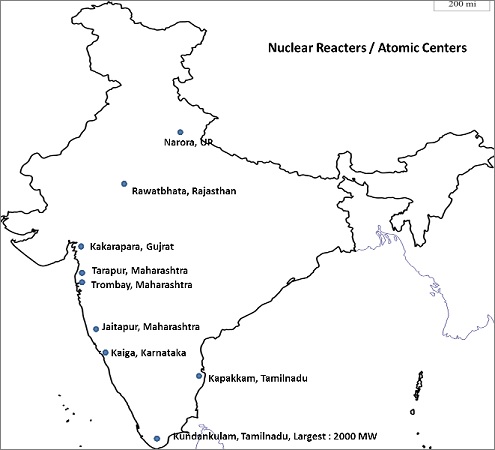
4 Wind Energy
It is a Non-conventional Renewable source of energy. It has a high cost as compared to the efficiency of power generated. Nagercoil (TN) and Jaisalmer (Rajasthan) are well known for the effective use of wind energy in the country.
5 Solar Energy
It is a Non-conventional Renewable source of energy. It has a high cost as compared to the efficiency of power generated. India plans to add 20000 MW of solar energy by 2022 under Jawahar Nehru National Solar Mission.
6 Tidal Energy
It is a Non-conventional Renewable source of energy. The oceanic tides are used to generate electricity.
Floodgate dams are built across inlets and during high tides, water flows into the inlet and gets trapped when the gate is closed. After the tide falls outside the flood gate, the water retained by the floodgate flows back to the sea via a pipe that carries it through a power-generating turbine.
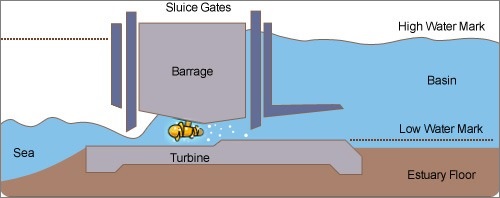
7 Geo-Thermal Energy
It refers to the heat and electricity produced by using the heat from the interior of the Earth. It exists because the Earth grows progressively hotter with increasing depth.
The groundwater in these areas becomes very hot as it absorbs heat from the rocks. It becomes so hot that when it comes out, it turns into steam. This steam is used to drive turbines which generate electricity.
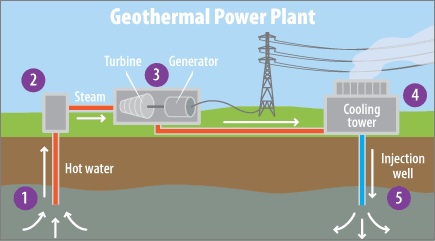
8 Bio Gas
The energy is produced from organic waste such as farm waste, shrubs, animal, and human waste. It is converted into energy by direct combustion or by conversion of such wastages into alcohol, methane, or other storage fuels.
9 OTEC
Ocean thermal energy conversion. It uses the difference between cooler deep and warmer shallow surface ocean waters to run a heat engine.

Share:



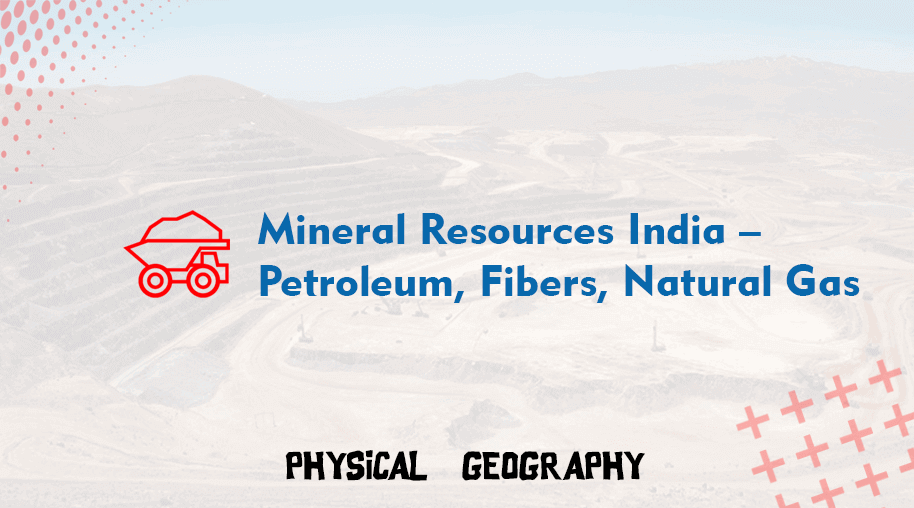



Comments
Waiting for your comments